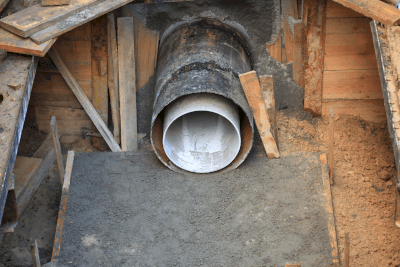What Is Tool Steel?
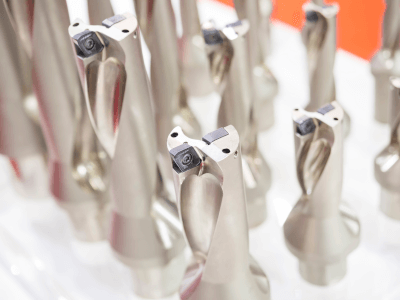 Tool Steel is a steel material used for cutting, forming, and other tool steel applications, with properties such as high hardness, wear resistance, heat resistance, and corrosion resistance.
Tool Steel is a steel material used for cutting, forming, and other tool steel applications, with properties such as high hardness, wear resistance, heat resistance, and corrosion resistance.
Tool steel is classified into three types: carbon tool steel, alloy tool steel, and high speed tool steel.
Carbon tool steel is the most commonly used tool steel. Alloy tool steel is a special type of tool steel used for cutting, forming, and other tool steel applications due to its high hardness, wear resistance, heat resistance, and corrosion resistance.
Alloy Tool Steel is available for cold or hot molds, while high speed tool steel includes tungsten-based and molybdenum-based tool steels.
Uses of Tool Steel
The following are examples of major uses of tool steel.
1. Cutting Tools
Cutting tools for lathes, milling machines, drill bits, etc.
2. Rolling Tools
Rolling tools for processing metal sheets and bars, press dies for forming metal bars, etc.
3. Dies
Molds for forming plastic and metal.
4. Control Device Parts
Parts for machinery such as automobiles and aircrafts.
5. Electronic Parts
Tubes for high-frequency heaters, vacuum tubes, etc.
6. Cutting Tools
Blades such as kitchen knives, scissors, cutter blades, etc.
High-hardness, wear-resistant bearing parts used in high-load rotating parts.
Types of Tool Steel
As previously mentioned, tool steel is classified into three types: carbon tool steel, alloy tool steel, and high speed tool steel.
1. Carbon Tool Steel
Carbon tool steel is a high-carbon steel mainly used for tools such as cutting tools and dies. It generally has high hardness and excellent wear resistance, heat resistance, and corrosion resistance.
2. Alloy Tool Steel
Alloy tool steel generally has high hardness, wear resistance, heat resistance, and corrosion resistance, and is used in the manufacture of tools and dies.
3. High-Speed Tool Steel
High-speed tool steels are generally classified into three groups: tungsten-based, molybdenum-based manufactured by powder metallurgy, and molybdenum-based. There are a total of 15 types of steel available under this category.
Tungsten-based high-speed tool steel is a type of tool steel that contains tungsten as the main alloying element, and has properties such as high hardness, wear resistance, heat resistance, and machinability. It is mainly used in the manufacture of tools and dies for cutting metals, and is suitable for cutting operations at high speeds.
Molybdenum-based high-speed tool steel is a type of tool steel that contains molybdenum as a major alloying element and is characterized by high wear resistance, heat resistance, and toughness when cutting at high speeds.
Molybdenum-based high-speed tool steel produced by powder metallurgy has a uniform structure and density, and can exhibit high wear resistance, heat resistance, and toughness. In addition, the uniform blending and sintering generally results in higher hardness and longer life than conventional steels.
Properties of Tool Steel
The main properties of tool steels are as follows:
1. Hardness
Tool steel is characterized by its high hardness and its ability to withstand high-load operations such as cutting and machining. It is used in the manufacture of tools, dies, and other parts for which durability is required.
2. Wear Resistance
Tool steel has excellent wear resistance and can withstand long-term use. It is widely used for high-speed cutting tools and molds because it is resistant to deformation and wear caused by friction and heat generated during cutting and machining operations.
3. Heat Resistance
Tool steel is resistant to deformation and heat softening even under high heat conditions. Therefore, it is suitable for work in high-temperature environments, such as high-temperature cutting and casting processes.
4. Malleability
Tool steel is suitable for forging operations and can be formed into various shapes. Therefore, it is suitable for manufacturing parts that require high precision, such as molds and blades with complex shapes.
5. Steel Grades
There are various types of tool steel, such as high speed steel, high carbon steel, and special tool steel. Each steel grade has different characteristics, and the appropriate steel should be selected for each application.
Other Information on Tool Steel
1. Dimensional Stability
Tool steel is required to have high hardness, wear resistance, heat resistance, and corrosion resistance, so it is important to have less deformation and wear even after being used for a long period of time.
In addition, products and parts made of tool steel are sometimes required to have high form accuracy. Tool steel is made to have high dimensional stability and little change in shape after heat treatment.
To improve dimensional stability, it is important to remove impurities from the steel and to apply appropriate heat treatment. For example, impurities in steel, such as oxides and carbon, can react at high temperatures, causing oxidation and alteration, so the production of tool steel includes a refining process at high temperatures.
Heat treatment is also an important process used to adjust mechanical properties such as hardness and strength by changing the properties of the steel.
2. Corrosion Resistance
Since tool steel is often used in humid and corrosive environments, corrosion resistance is another important property. Molds and cutting tools, for example, may come in contact with moisture or corrosive materials, which can shorten the life of parts and products.
Corrosion resistance is especially important for tools and dies that come into contact with corrosive materials, such as plastics and food processing.
In general, the corrosion resistance of tool steel can be improved by the addition of alloying elements or special treatments. For example, chromium, molybdenum, or other alloying elements may be added to improve corrosion resistance.
Another feature is that the corrosion resistance of tool steel can be improved by appropriate heat treatment or surface treatment.
3. Control of Mechanical Properties
Tool steel has various mechanical properties depending on the constituent materials and heat treatment. The main mechanical properties of tool steel are hardness, strength, toughness, fatigue strength, heat resistance, wear resistance, and corrosion resistance. These mechanical properties are controlled by the amount of alloying elements added, the cooling method, and the type and conditions of heat treatment.
In general, heat treatment of tool steel includes quenching, tempering, annealing, and surface hardening. Quenching is a method of increasing the hardness of tool steel by heating it to a high temperature and then cooling it rapidly.
Tempering is a method of softening hardness by heating and cooling again after quenching. Annealing improves the toughness of tool steel by heating it at a low temperature for a long time. Surface hardening is a method of increasing hardness by heating the surface with high frequency.
The amount of alloying elements added to tool steel is also important to control mechanical properties such as hardness, strength, and toughness.
Common alloying elements include chromium, vanadium, molybdenum, cobalt, tungsten, manganese, silicon, nickel, and copper. By adding these alloying elements, the properties of tool steel can be adjusted.

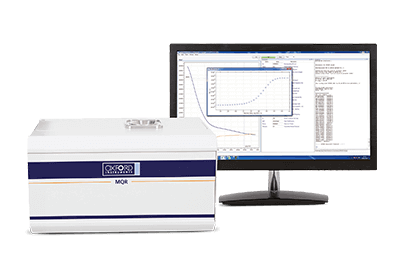
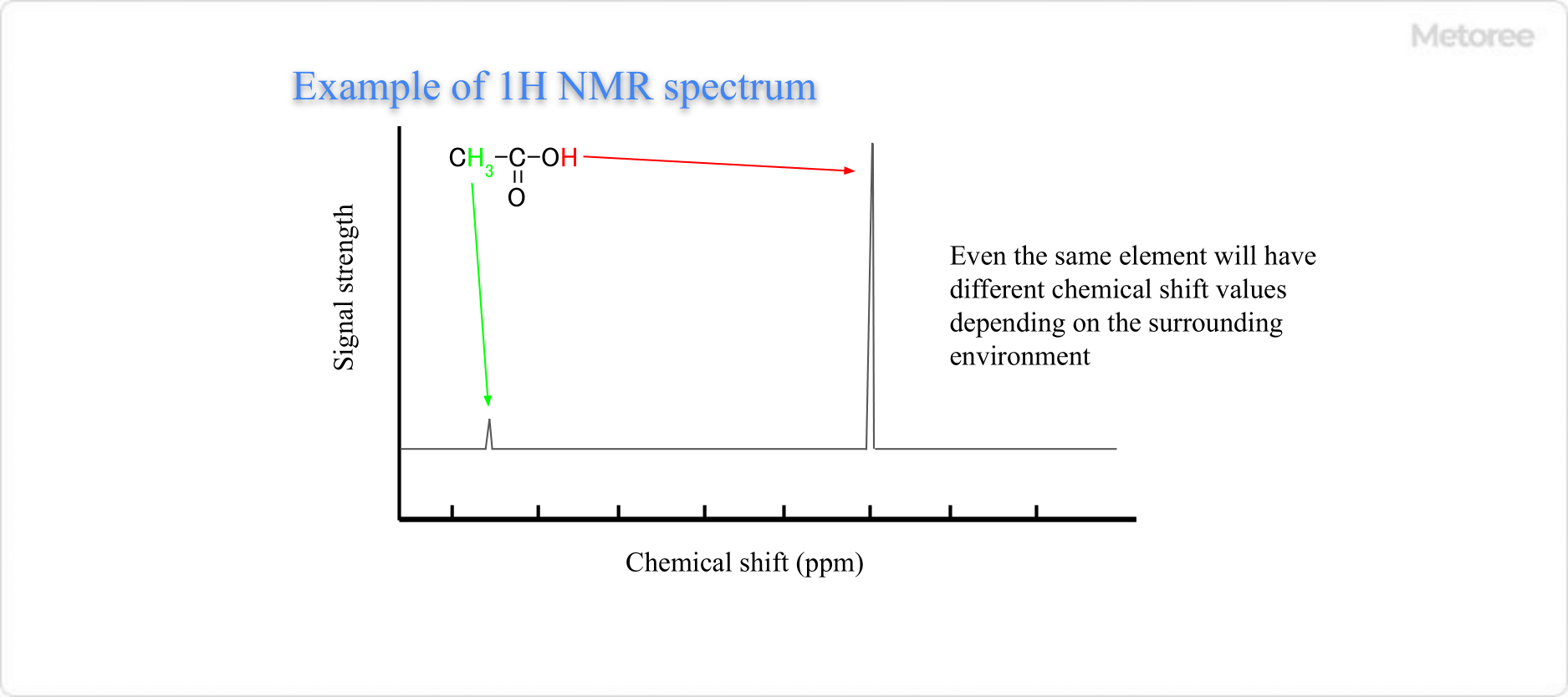
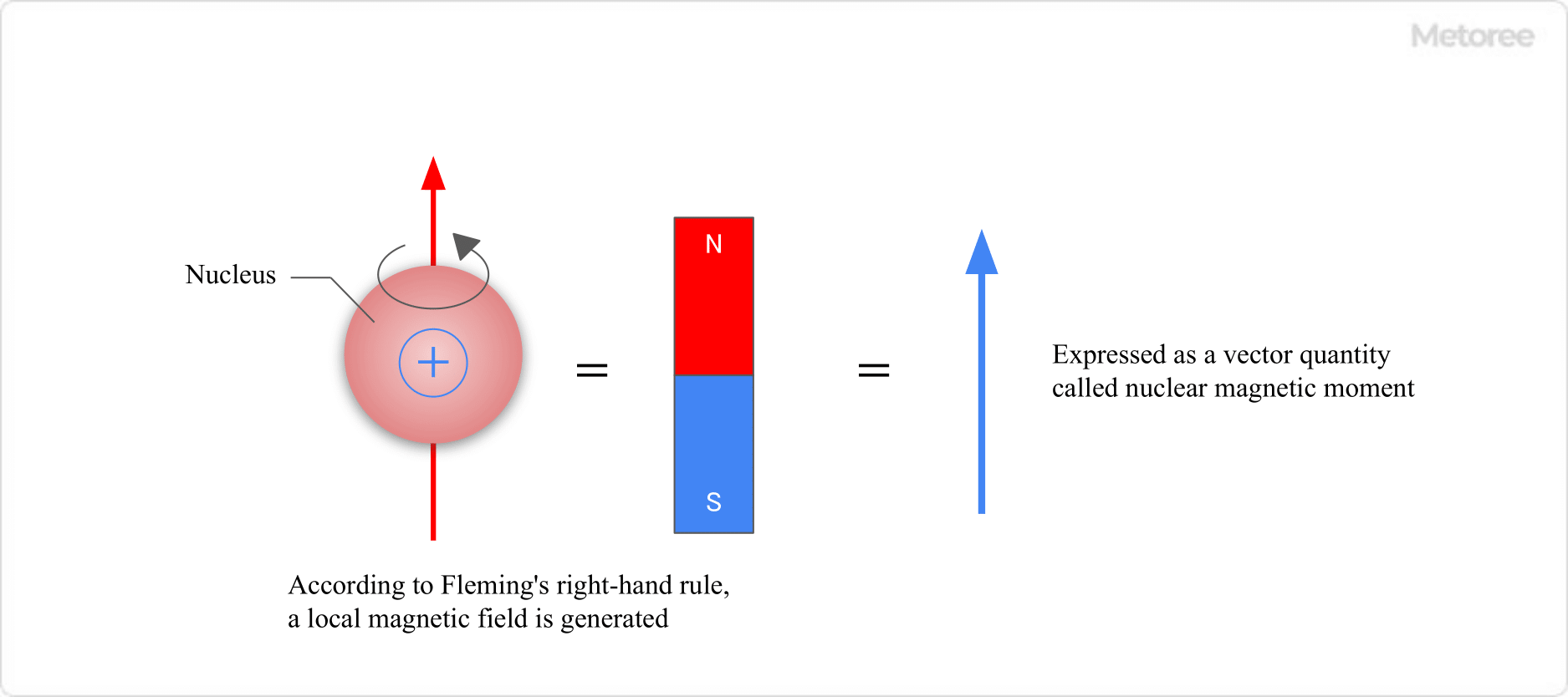
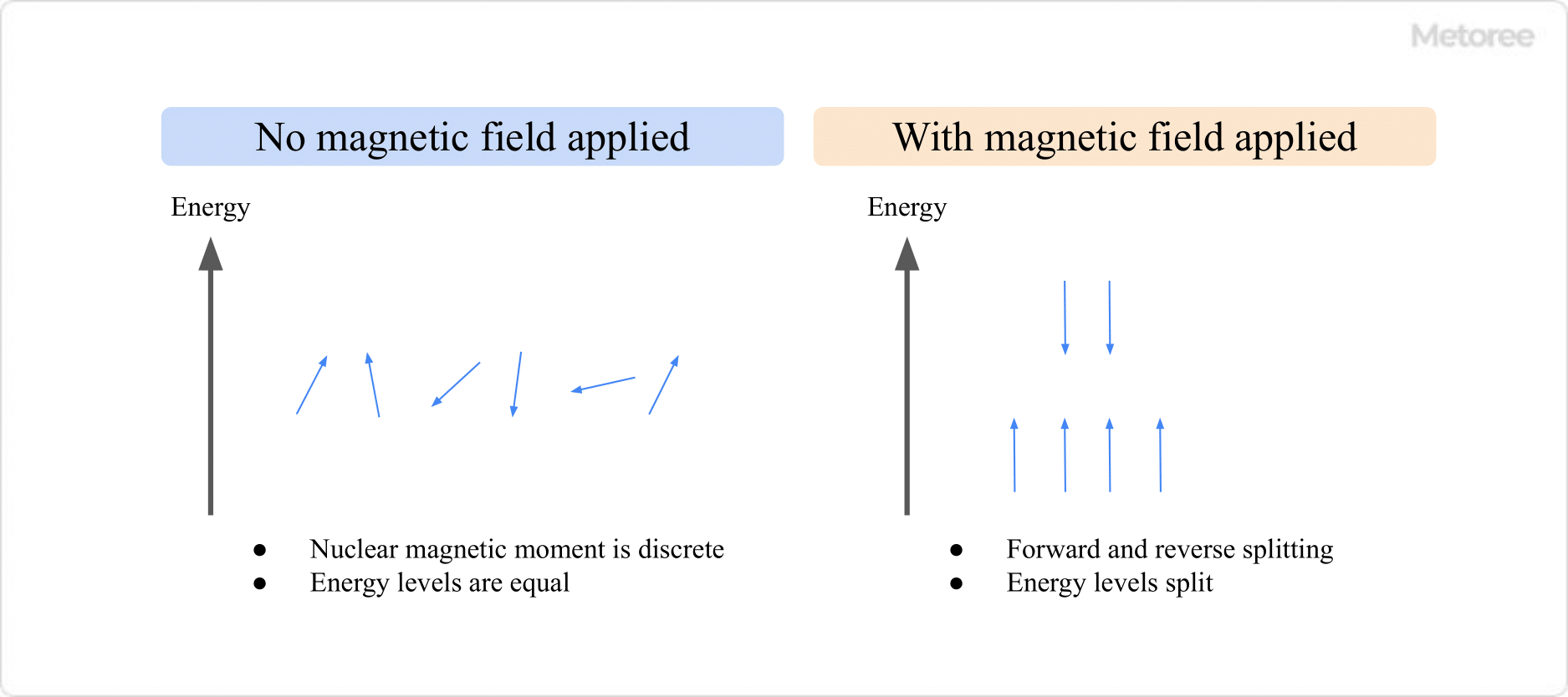
 Tool Steel is a
Tool Steel is a 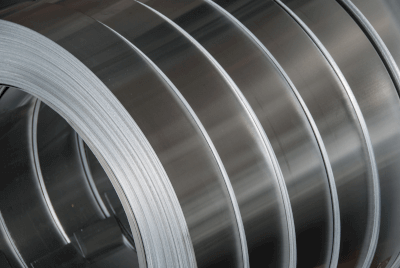
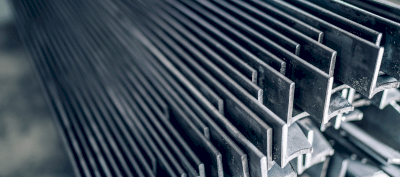 Alloy Steel is a type of
Alloy Steel is a type of  Galvanized Wire is
Galvanized Wire is 